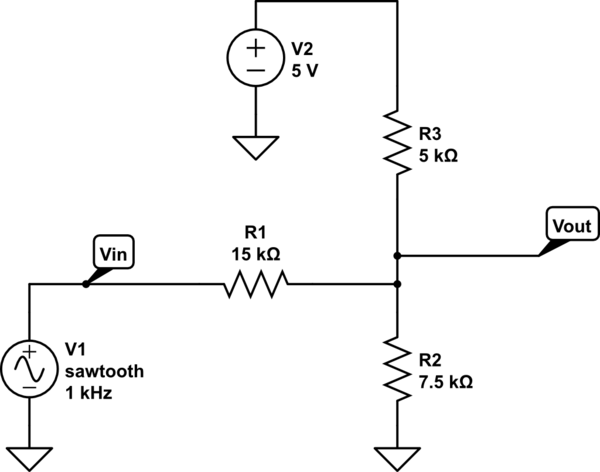I need to read DC voltages on Arduino that can vary between -15V and 15V. As far as I know, Arduino can only read positive voltage values between 0-5V.
I thought of using a voltage divider with a positive reference (the 5V from the Arduino.) Could it be achieved by connecting the voltage divider with a positive reference to another with 0V as a reference, or would there be other, better options?


